Street food dishes are a variety of meals prepared and sold by vendors in public spaces like streets, markets, and fairs.
These dishes are typically served from mobile setups such as carts, booths, or trucks and are designed for prompt consumption.
Street food dishes are known for their affordability compared to dining in restaurants and often reflect local or regional culinary traditions, although some types have gained popularity far beyond their places of origin.
These foods usually fall into the categories of finger food and fast food. Street food is a significant part of daily nutrition for many people, especially in developing countries, due to its convenience and low cost.
It also plays a crucial role in the socio-economic landscape, providing employment opportunities and contributing to the cultural richness of a region. However, it also presents challenges related to food safety, sanitation, and urban management.
Come along on a delicious journey to explore street food worldwide. I’ll uncover the fascinating history, special features, special ingredients, and cooking methods used in street food dishes across different countries.
And, of course, you can also discover the best street food destinations, how street food influences dishes in traditional cuisines, and the answers to popular questions about street food.
Explore street food easily with the filter, search bar, or by clicking on dishes to learn more. Ready to start?
Sub title: Street food dishes offer affordable, quick meals that showcasing local culinary traditions and contributing significantly to regional cultures.
List of Street Food Dishes with Filters





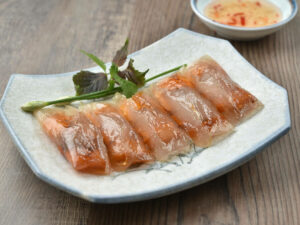
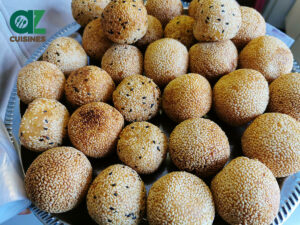
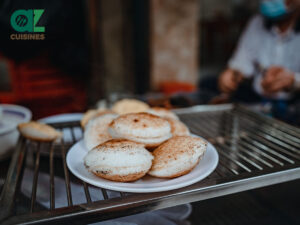

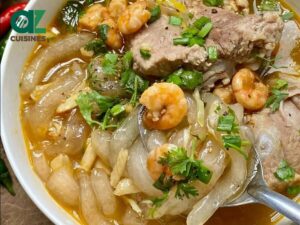
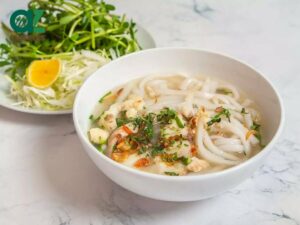

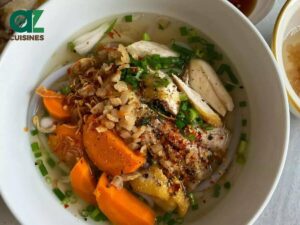
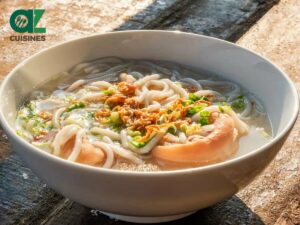

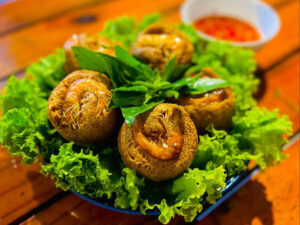

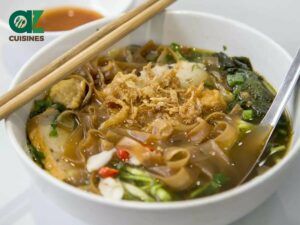


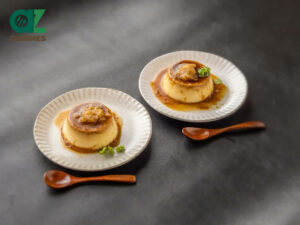
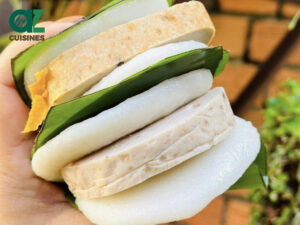
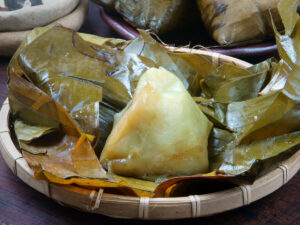

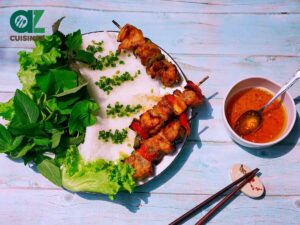
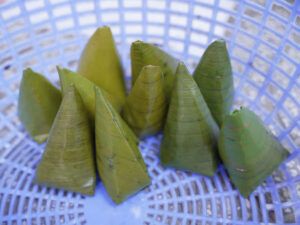

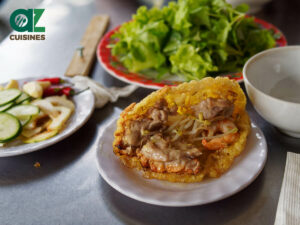
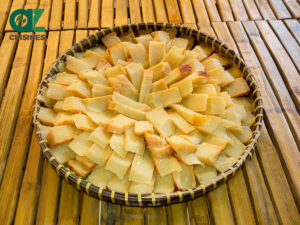
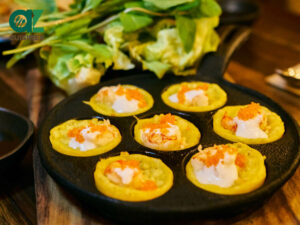

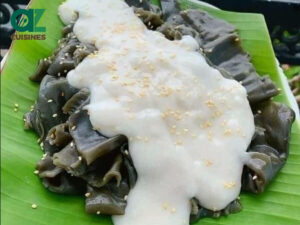
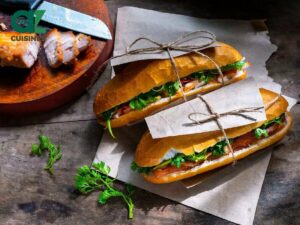

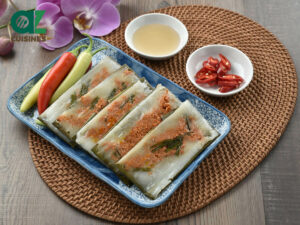

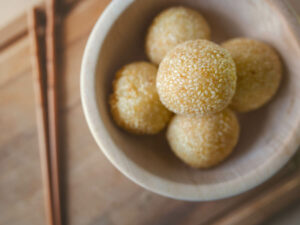
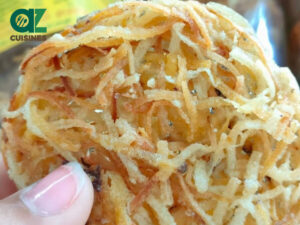


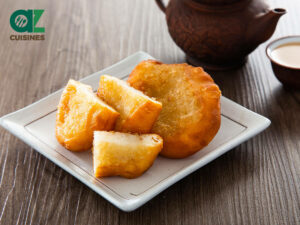
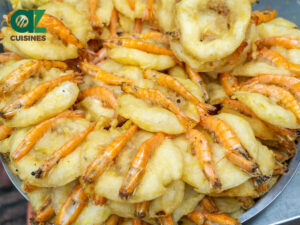
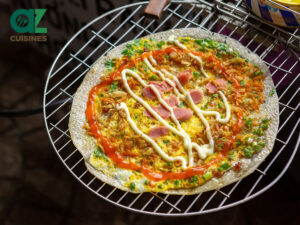


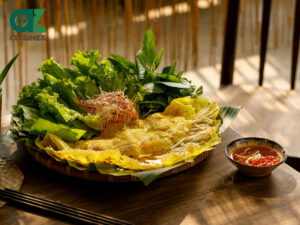


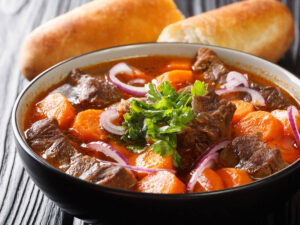
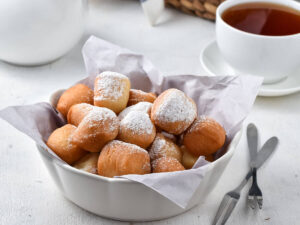
Street Food Dish Images
What is the History and Evolution of Street Food Culture In Different Continents?
The history and evolution of street food culture in Europe, the Americas, Asia, Africa, and Oceania are diverse and rich, reflecting the unique social, economic, and cultural contexts of these regions.
- Europe: Europe’s street food, with roots in ancient Pompeii’s thermopolia, has evolved through the Middle Ages and regional specialties like 1840s Parisian French fries, reflecting local socio-economic contexts.
- Americas: The Americas’ street food blends indigenous, European, African, and Asian influences, with roots in Aztec marketplaces and post-colonial culinary evolution, showcasing diverse cultural heritage.
- Asia: Asia’s ancient street food culture, especially notable in China, offers diverse, affordable fare integral to its food culture, reflecting regional traditions and urban social dynamics.
- Africa: Africa’s street food, influenced by its ethnic, cultural, and historical mosaic, varies regionally from Mediterranean to indigenous Sub-Saharan cuisines, expressing cultural identity and community life.
- Oceania: In Oceania, street food in Australia and New Zealand fuses indigenous and immigrant culinary practices, featuring a mix of Aboriginal, British, Asian, European, Maori, and Pacific flavors.
Across the globe, street food reflects each region’s unique blend of history, culture, and social dynamics. These regional variations highlight the key features of global street fare.
What Are the Main Characteristics of Street Food Dishes Worldwide?
Here’s a summary of the signature features of street food dishes in Europe, Asia, Africa, the Americas, and Oceania:
Europe
In Europe, street food offers a blend of traditional and modern flavors. European street food is characterized by its variety, ranging from classic dishes like German Bratwurst and Belgian Fries to more contemporary and multicultural offerings.
Many European cities have embraced street food markets, where vendors serve both local and international cuisine. This reflects Europe’s rich culinary heritage and its openness to global influences.
Asia
Asian street food dishes are renowned for their diversity and rich flavors. It often includes a variety of ingredients like rice, noodles, fresh vegetables, seafood, and meats, often seasoned with a mix of spices and sauces.
Street food dishes in Asia are known for their bold flavors, with a balance of sweet, sour, salty, and spicy elements. Popular examples include satay, ramen, and various types of dumplings.
Africa
Street food items in Africa are characterized by their use of local ingredients and bold flavors. Common elements include grains like millet and maize, root vegetables, and meats including chicken and beef.
Spices and herbs play a significant role in flavoring these dishes. Street foods in Africa are often hearty and filling, reflecting the local agriculture and culinary traditions.
Examples include kebabs, jollof rice, and various types of stews and soups.
Americas
In the Americas, street food varies greatly from the hot dogs and hamburgers of North America to the tacos and empanadas of Latin America.
These dishes often reflect a blend of indigenous, European, African, and Asian influences. American street food is known for its convenience and comfort, often featuring grilled or fried elements, with a generous use of spices and condiments.
Oceania
In Oceania, street food culture is less prominent but is growing, with influences from Asian and European cuisines.
Australia and New Zealand, for example, have a burgeoning street food scene, featuring food trucks and markets that offer a variety of international cuisines, as well as local specialties like meat pies and fish and chips.
In general, the diversity of street food worldwide highlights key ingredients like local produce, traditional spices, and a fusion of flavors, reflecting each region’s unique culinary heritage and influences.
What Are the Key Ingredients in Street Food Dishes?
Street food worldwide is famous for its rich flavors and diverse ingredients. Key ingredients vary by region and cuisine, but common elements include:
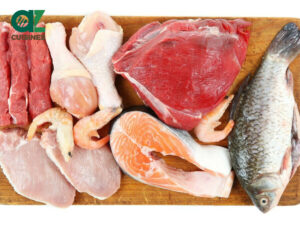
Meats
Chicken, beef, pork, fish, shrimp, lamb and mutton, etc.

Vegetables
Onions, peppers, tomatoes, cabbage, carrots, lettuces, etc.

Starches
Rice, noodles, bread, etc.
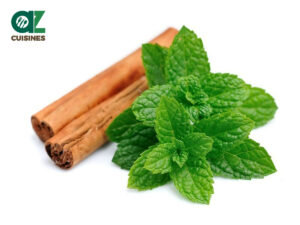
Spices and Herbs
Chili, garlic, ginger, shallots, coriander, cumin, etc.
For an in-depth exploration of the main ingredients that define street food flavors around the world, visit this guide about key ingredients in street food dishes.
Equally important to the ingredients are the primary cooking methods in street food preparation, which bring out the unique flavors and textures that make these dishes so beloved globally.
What Are the Main Cooking Methods in Street Food Preparation?
The preparation of street food employs various cooking methods, each imparting unique flavors and textures. Here’s a list of common cooking methods used in street food dishes:
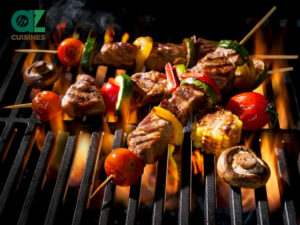
Grilling
Used for skewers, kebabs, and grilled sandwiches.

Frying
Various types of frying methods exist, such as deep-frying (for fries, doughnuts, and battered fish), stir-frying (for noodles, thinly sliced meats, or mixed vegetables), and pan-frying (for tacos, noodles, or pancakes).

Steaming
For dumplings, buns, and steamed cakes.

Simmering
Ideal for slow-cooked soups, stews, sauces, and broths.

Roasting
Used for roasted nuts, corn, and certain meat dishes.

Baking
For pizzas, breads, and pastries in some street food setups.
For a comprehensive guide to these cooking methods, explore a dedicated page about cooking methods in street food.
These cooking methods, employed in various countries, are essential for creating top street food dishes worldwide, each enhancing unique flavors loved by food enthusiasts.
Which Countries Have the Best Street Food Dishes?
Street food dishes around the world are as diverse as the cultures they come from. Here are 15 of the best street food dishes from various countries, listed in order of their global popularity and recognition:
Thailand: Thai street food is known for its vibrant flavors and diverse menu, offering a cultural immersion through dishes like pad thai and som tum, grilled meats, and sweet mango sticky rice.
- Mexico: Mexican street food, a rich tapestry of savory flavors deeply rooted in tradition, is famous for tacos in various forms, elotes, tamales, and churros.
- India: The street food in India offers a journey through a tapestry of flavors, with chaat, samosas, vada pav, biryani, and jalebi.
- China: Chinese street food is a kaleidoscope of flavors with jianbing, dumplings, chuanr, and baozi, capturing the essence of regional diversity.
- Italy: Beyond pasta and pizza, Italian street food includes arancini, panini, supplì, cicchetti, and gelato, reflecting centuries of culinary tradition.
- Japan: Japanese street food showcases precision and artistry with sushi, takoyaki, okonomiyaki, yakitori, and onigiri, embodying the country’s meticulous craftsmanship.
- United States: American street food, including hot dogs, tacos, barbecue, gourmet burgers, and doughnuts, reflects the country’s multiculturalism and love for bold flavors.
- South Korea: Known for its blend of tradition and innovation, South Korean street food includes tteokbokki, hotteok, mandu, odeng, and kimbap.
- Vietnam: Vietnamese street food is a symphony of fresh ingredients, bold flavors, and enticing aromas. Pho, banh mi, goi cuon, banh xeo, and bun cha are among the popular dishes.
- Turkey: Turkish street food is a fusion of flavors, with kebabs, börek, simit, gözleme, lokma, and künefe, served with generous hospitality.
- Greece: Greek street food like gyros, souvlaki, spanakopita, tiropita, and loukoumades offers a journey through the Mediterranean’s fresh flavors.
- Malaysia: Malaysian street food is a fusion of cultural diversity with char kway teow, satay, nasi lemak, and roti canai.
- Indonesia: Indonesian street food, a feast for the senses, features nasi goreng, satay, soto, and martabak.
- Taiwan: Taiwanese street food, known for stinky tofu, oyster omelettes, deep-fried chicken cutlets, beef noodle soup, and bubble tea.
- Morocco: Moroccan street food offers a sensory journey with bastilla, tagine, grilled merguez sausages, and harira soup.
These countries also possess vibrant cuisines, illustrating the correlation between street food diversity and the quality of traditional dishes.
How Do Street Foods And Traditional Dishes Mutually Influence Each Other?
Scroll down to learn about the interplay between the street food scene and traditional food items.
Culinary Innovation
It is in the interest of street vendors to experiment with ingredients and cooking methods, sometimes blending traditional recipes with new influences. This can result in new dishes that may be eventually incorporated into the broader culinary tradition.
Adaptation for Street Food Environment
Traditional dishes are often adapted for the street food environment, such as making them more portable, quicker to prepare, and easier to eat on the go. This trend can influence how these dishes are perceived and consumed in general.
Preservation of Traditional Recipes
Street food helps in preserving traditional recipes that might otherwise be forgotten. Vendors often use recipes that have been passed down through generations, keeping these culinary traditions alive.
Economic Factors
The affordability and accessibility of street food can make certain traditional dishes more prevalent in the daily diet.
For example, a dish that was formerly only found in certain regions or reserved for special occasions can become a national staple through street vending.
Before you leave, don’t forget to explore the commonly asked questions regarding street cuisine.


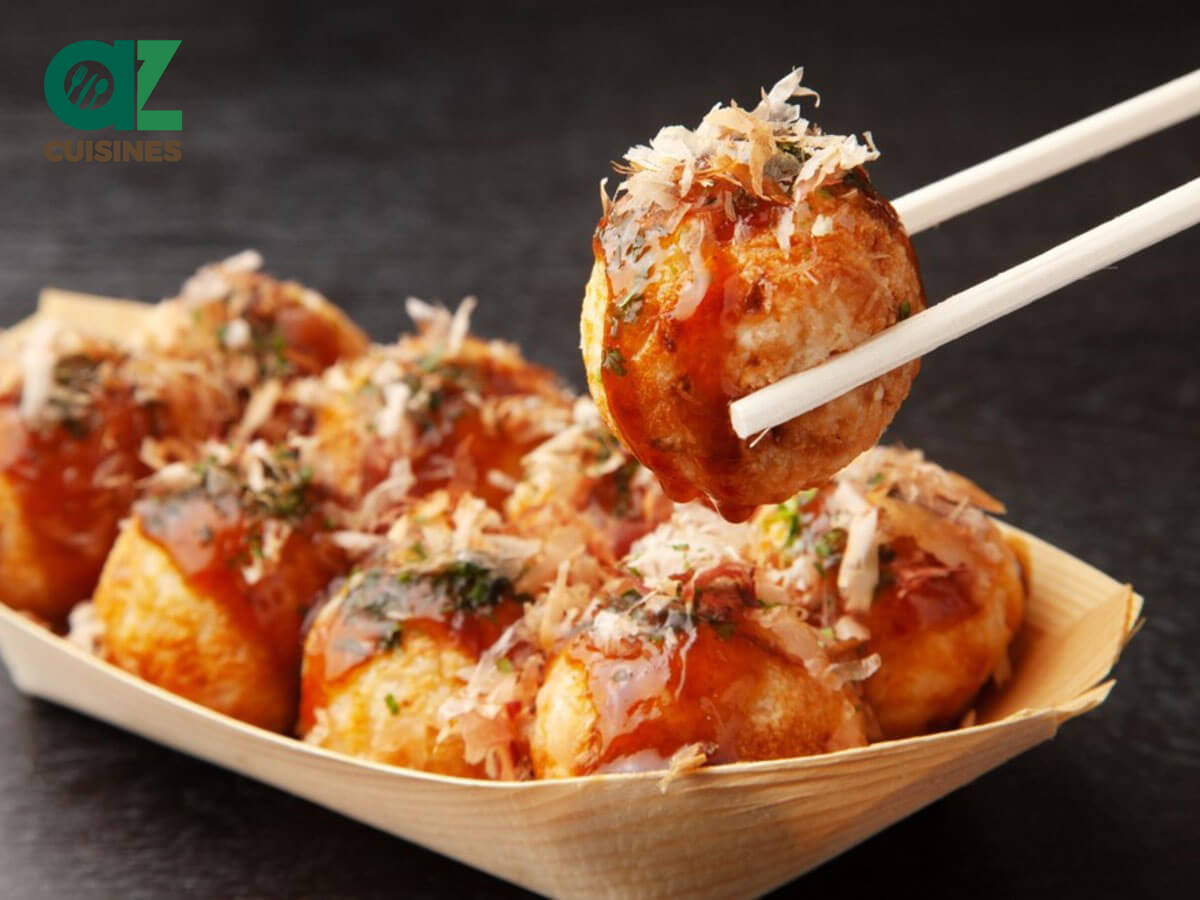
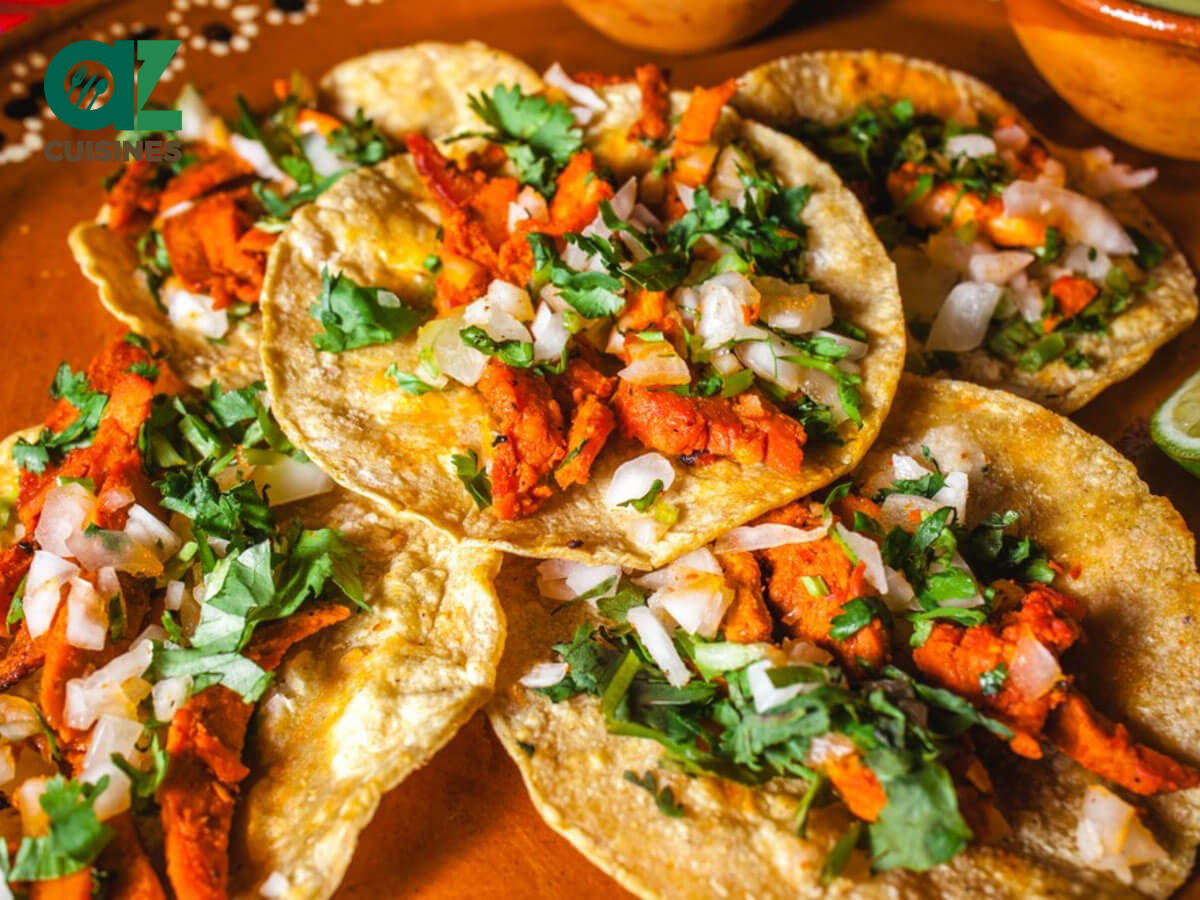

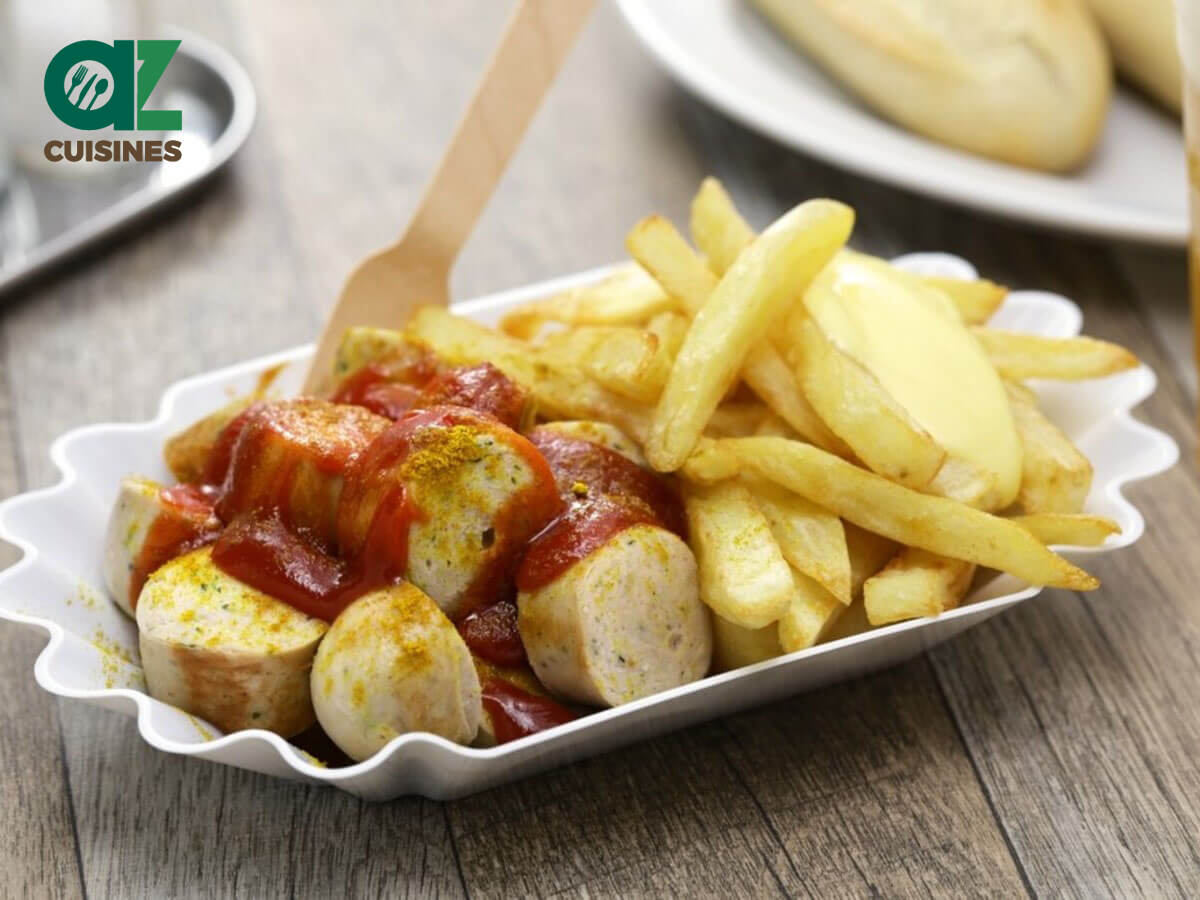
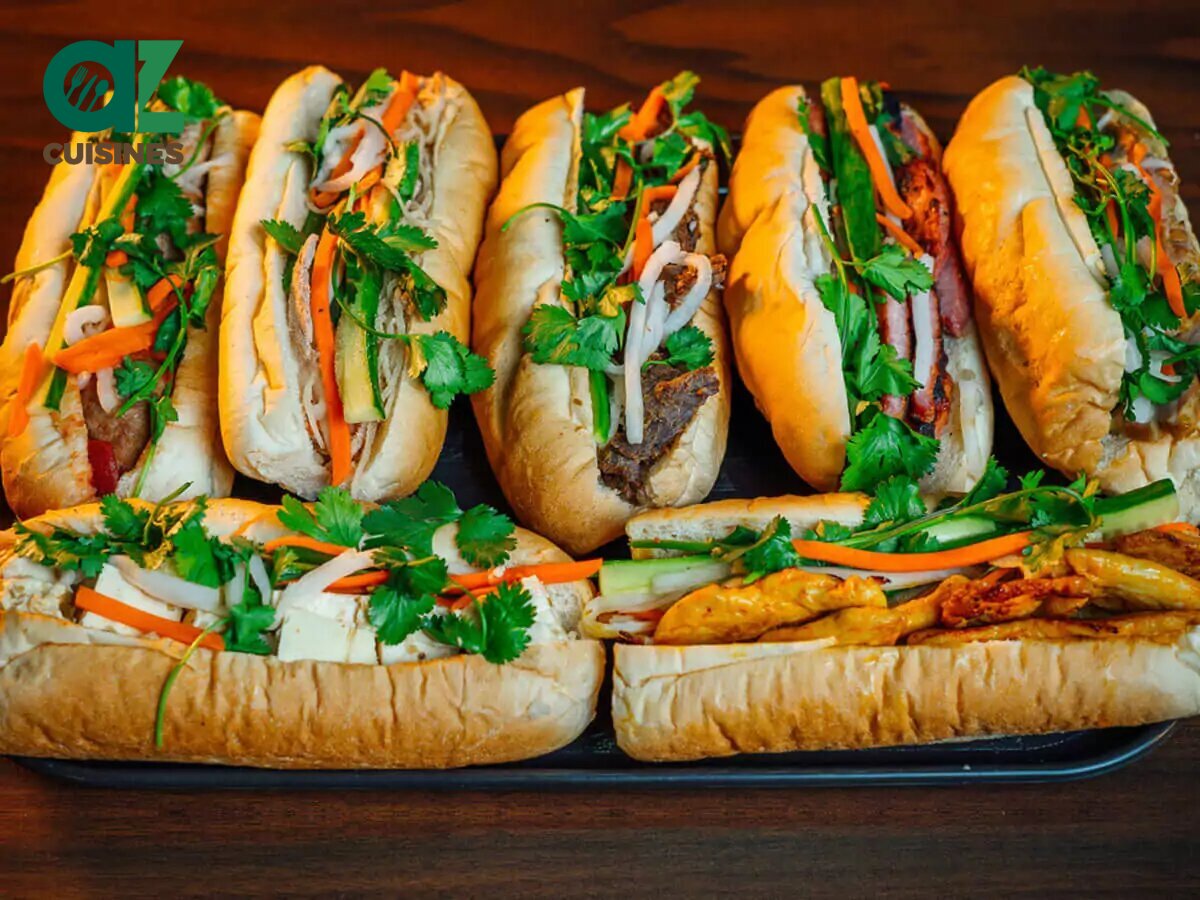


Adam Sam
Senior Food and Drink Editor
Expertise
Food Writer & Recipe Developer, Recipe Tester, Bartender, Cooking-video Maker, Editor In Chief
Education
Adam Sam, an experienced food writer and recipe developer, is passionate about blending diverse culinary traditions, national dishes, and innovative beverages, showcasing his proficiency in both traditional and modern recipe testing.
As the Editor-in-Chief, he elevates culinary content from street food to fine dining, focusing on Western cuisine and types of drinks at azcuisines.com, and is professional in creating engaging cooking videos that simplify complex dishes and ingredients.
His passion for food is evident in his writing, where he uniquely merges various cultures, traditions, and contemporary trends, skillfully combining classic recipes with modern cooking methods.